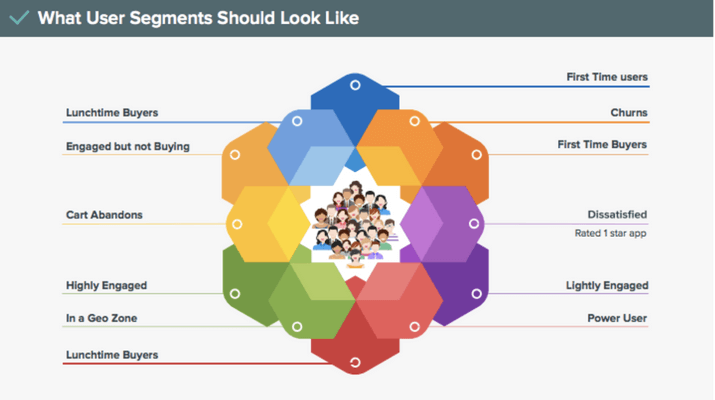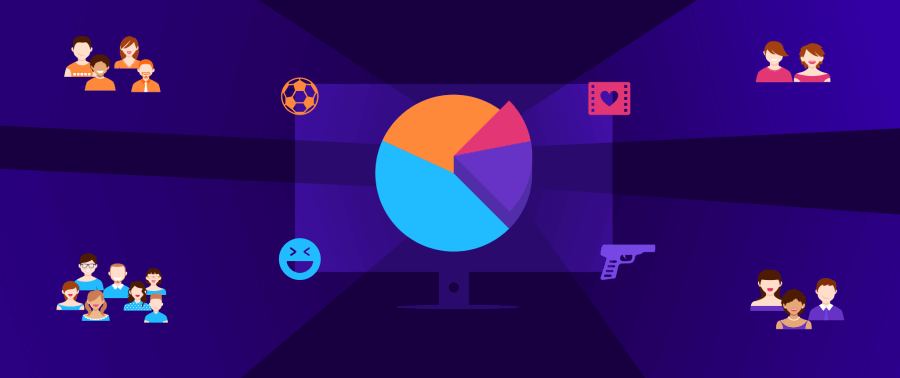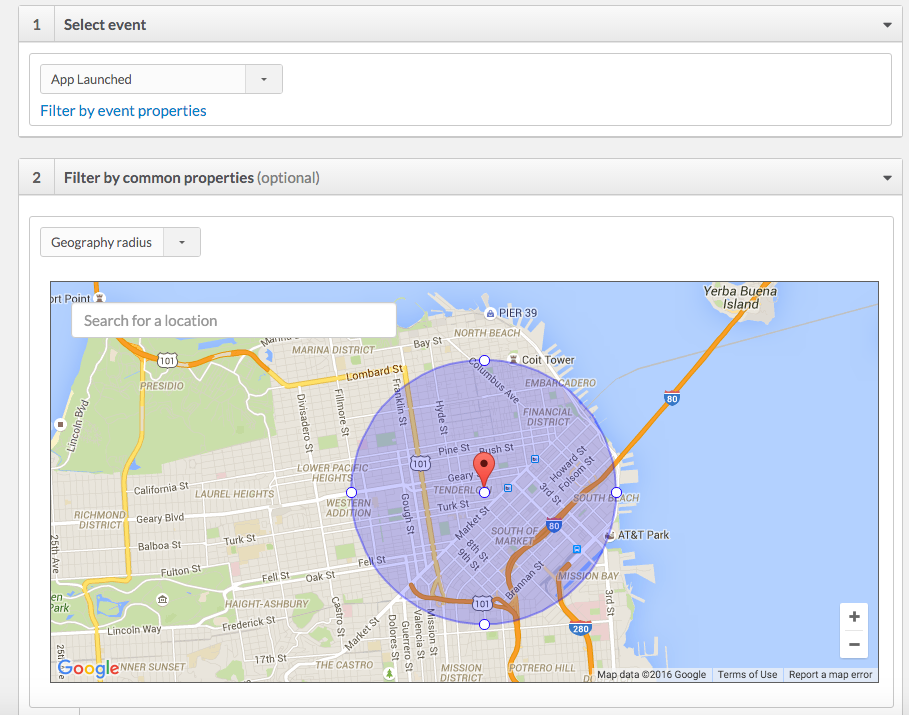The process of segregating app users into different groups based on common characteristics, traits, and behaviors is known as app segmentation. It enables brands to build targeted marketing campaigns, personalize user experiences, and optimize their app based on users’ needs and wants.
In 2022, consumers downloaded 255 billion mobile apps to their connected devices* and spent 67 billion U.S. dollars while using them*. These numbers clearly indicate that app users are not only a huge but also a diverse and demanding market.
To gain and retain a competitive edge in such a dynamic market, brands and their marketers need to harness the power of app segmentation and deliver relevant and engaging experiences to their users.
Below, we explore some of the current trends and innovations in app segmentation.
Behavioral Segmentation Leads to Better Personalization
Behavioral segmentation focuses on how users interact with an app, using data such as frequency of use, preferred features, actions, and goals. By analyzing behavioral data, marketers can interpret preferences, motivations, pain points, and level of satisfaction or dissatisfaction. This data can be leveraged to create personalized messages and offers that correspond with user needs and interests.

For instance, a streaming app can segment users based on their level of engagement and tailor messaging accordingly:
- New users can be sent a welcome message with a free trial or a reminder to sign up.
- Occasional users can be sent a recommendation for a new web-series
- Active users and paid premium subscribers can be given a reward or a referral program that could boost engagement and aid retention.
One way to accomplish behavioral segmentation is to use CleverTap’s all-in-one engagement platform to automate the process. Via RFM analysis, the platform can group users by how recently or frequently they use the app and by how much they spend. From there, it becomes a breeze to send matching offers.
Read how SonyLIV used CleverTap to create micro-segments for enhanced personalization, and build sophisticated engagement campaigns for occasional viewers and binge-watchers alike.
Psychographic Segmentation Connects Emotionally
Psychographic segmentation focuses on aspects such as user personality, values, attitudes, opinions, and lifestyles. Understanding user psychology enables brands to create meaningful connections with users through their interactions. Such connections influence their decision-making process while making a purchase.
For example, a fitness app can use psychographic segmentation to build rich user profiles that capture various aspects of user psychology based on their fitness goals. What are their weight loss or muscle gain goals? How do they plan to complete endurance training? Brands can customize training sessions to a user’s goals and send motivational messages or gamify their fitness routines for those who want a constant challenge.

To accomplish psychographic segmentation requires an AI-enabled system — such as CleverTap’s all-in-one engagement platform — to automate the process and match user psychographics with the best content.
Demographic Segmentation Remains Essential
Demographic segmentation focuses on the core characteristics of your users such as age, gender, education, occupation, marital status, family size, and more. Demographic data enables brands to build broad user profiles and identify common needs and wants. It can also be leveraged to comply with legal and ethical requirements, such as age restrictions, privacy policies, or cultural sensitivities.
A clothing app can use demographic segmentation to segment users by gender, age and style preference. Marketers can then create relevant campaigns that target users in those particular segments leading to better engagement and retention.
Geographic Segmentation Creates Local Audiences
Geographic segmentation focuses on the location of your users: country, region, city, zip code, etc. This geographic data can be used to create hyper-local and personalized experiences for users within that area. Geographic data can also be leveraged to optimize app performance based on network conditions or the regulatory frameworks of different regions.
Food delivery and grocery apps can segment users depending on their city or zip code and instead of sending generic messages, send them recommendations from within their vicinity during lunch and dinner times, increasing the likelihood of conversion.

Read how StarQuik visualized the entire user journey and gained an in-depth understanding of user behavior that helped them build coherent segments and engage those segments by optimizing the user experience.
Read More: What is Customer Segmentation? The Complete Guide
How CleverTap Can Help You Segment Your App Users Effectively
CleverTap is an all-in-one customer engagement platform built to help companies understand, segment, and engage users in real time. Using context and powerful AI/ML models with personalized campaigns across multiple channels, CleverTap offers:
- Automated segments: Create micro-segments based on past behavior or real-time actions. Identify loyal users and at-risk customers based on recency, frequency and value for personalized engagement.
- ROI prediction using AI-powered insights: The Clever.AI segmentation model sets engagement goals and gets instant forecasts on the likelihood of achieving them.
- Real-time user segments: Track users by what they’re doing in your app at that very moment and nudge them into making a purchase.
- Intent-based segments: Reach out to users with the best messaging based on their intent to achieve a goal.
Read More
- The Power of Segmentation: Targeting App Users for Maximum Impact
- The Benefits of Behavioral Segmentation and How It Can Increase LTV
- How User Segmentation Powers Personalization
- What is Market Segmentation

Mrinal Parekh 
Leads Product Marketing & Analyst Relations.Expert in cross-channel marketing strategies & platforms.
Free Customer Engagement Guides
Join our newsletter for actionable tips and proven strategies to grow your business and engage your customers.














































